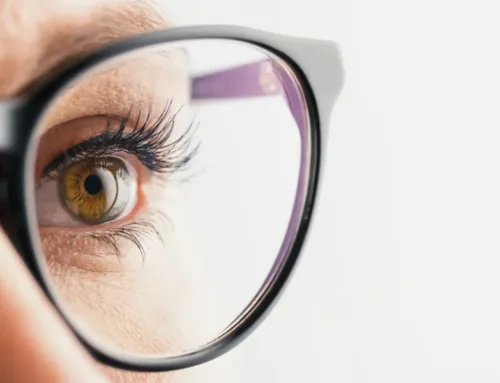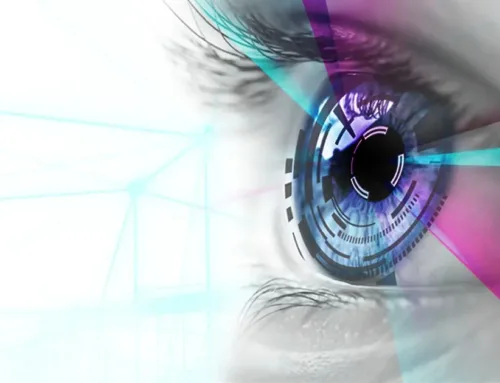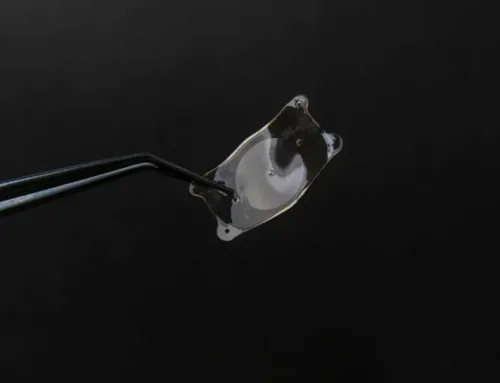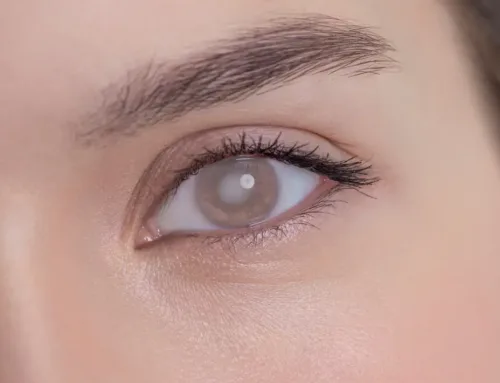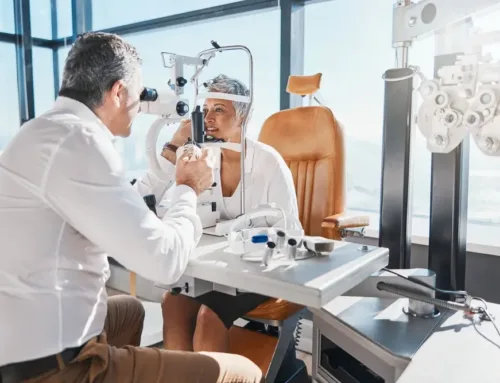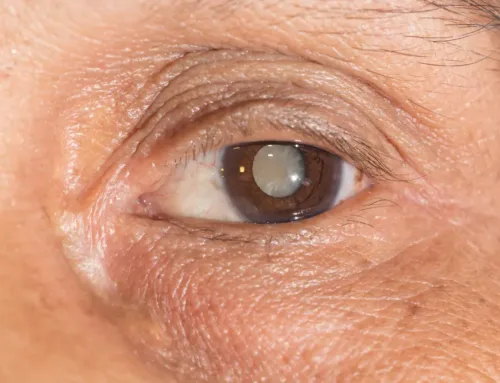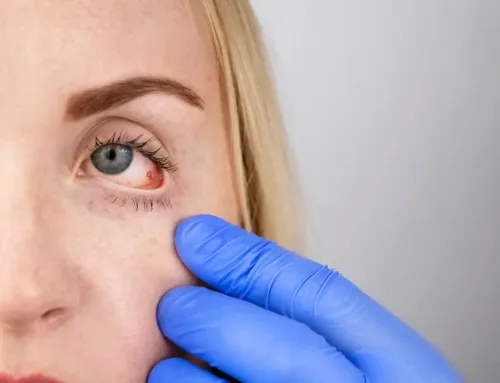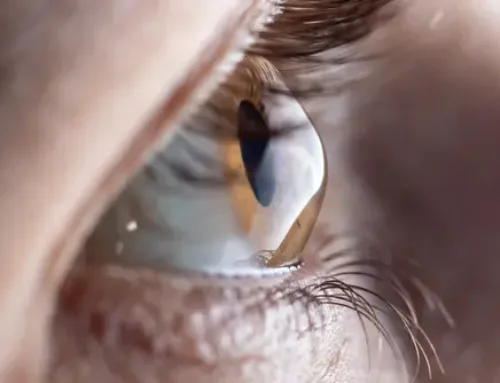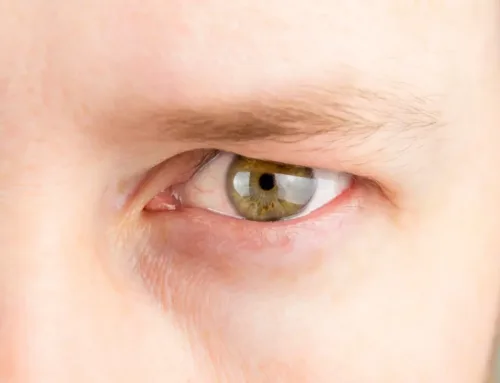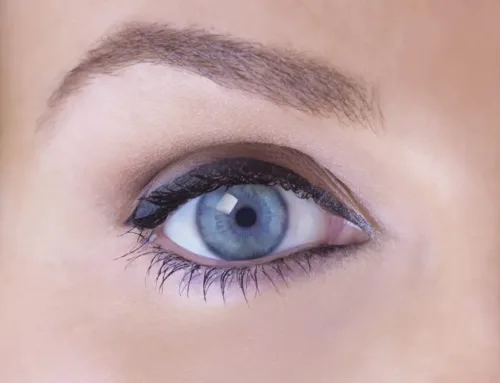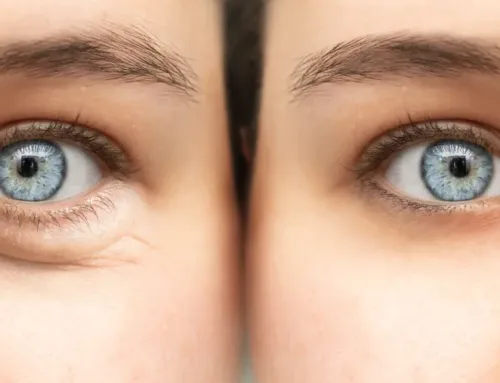Glaucoma is not just one vision problem but a group of eye conditions that could cause gradual, irreversible vision loss. Each type of glaucoma is unique; find out about them, their symptoms, and their treatment below.
Open-Angle Glaucoma
Nine out of 10 people suffering from glaucoma in the United States have this form. The condition may be due to increased pressure in the eye, causing damage to the optic nerve.
Open-angle glaucoma does not have any signs or symptoms at its early stage. You will not feel pain or notice any changes in your vision. You may only notice patchy blind spots in your side vision as the condition progresses. And in the later stages, you may start having difficulty seeing fine details or things in front of you. 
There is no cure for this type of glaucoma yet. But if detected early, which you can do by getting a regular eye exam, it is possible to manage the condition and slow down its progress. Treatments may include eye drops, laser treatment, and surgery.
Normal-Tension Glaucoma
People with this type of glaucoma have normal eye pressure. But they may still experience or show signs of this eye condition.
People who are at risk of developing this form of glaucoma include those with:
- High blood pressure
- A specific heart condition, such as an irregular heartbeat
- Family with a history of normal tension glaucoma
- Japanese ancestry
Treatment for normal tension glaucoma may include medications, surgery, and laser treatment.
Angle-Closure Glaucoma
Unlike open-angle and normal-tension glaucoma, angle-closure glaucoma comes quickly and has many symptoms. You may suddenly have a severe headache, blurry vision, eye pain, or even a sudden loss of sight. People with an angle-closure glaucoma attack may also see halos around light, get nauseous, and start vomiting.
Angle-closure glaucoma is rare but serious. It is considered a medical emergency. If you notice its signs, immediately schedule an appointment with your trusted ophthalmologist. Treatment of this condition may involve laser surgery or medications.
Congenital Glaucoma
Glaucoma typically affects adults. But there are rare cases where it affects babies. Only 1 in 10,000 babies in the U.S. has this condition. Children born with glaucoma may have eyes that are bigger than normal. They are also likely to be light-sensitive, have cloudy eyes, and produce extra tears.
Secondary Glaucoma
Secondary glaucoma is a form of glaucoma due to a medical condition.
Here are some types of secondary glaucoma:
- Neovascular glaucoma: can be caused by diabetes or high blood pressure.
- Pigmentary glaucoma: typically affects young, white males who have myopia.
- Exfoliation glaucoma: can happen in individuals with exfoliation syndrome.
- Uveitic glaucoma: occurs in people with uveitis, a disease that causes eye swelling and inflammation.
You may also develop glaucoma if your eyes get injured—called traumatic glaucoma. You can easily prevent it by wearing protective eyewear when doing something that risks eye injury.
No matter its type, the eye damage caused by glaucoma cannot be reversed. So, take care of your eyes and schedule a regular eye examination for early glaucoma detection. There may be no way to correct the problem, but there are ways to slow it down and avoid blindness.
For more on glaucoma treatment, visit our Treasure Coast Eye Specialists in Port St. Lucie or Stuart, Florida. Call 772-400-2400 or 772-286-0007 to book an appointment today.



